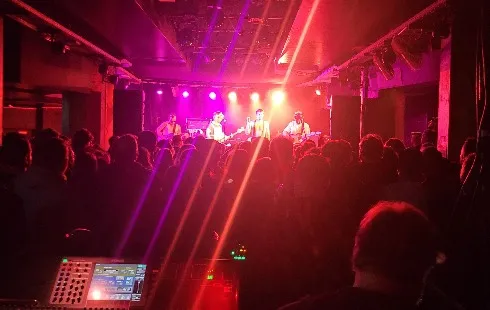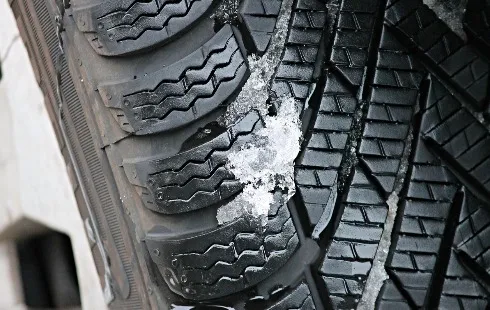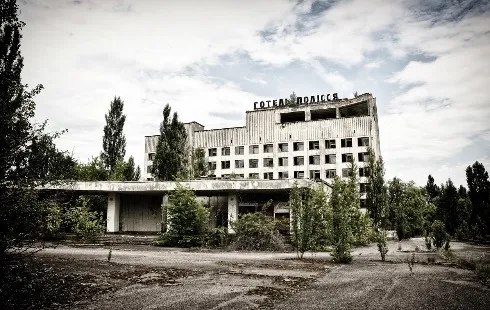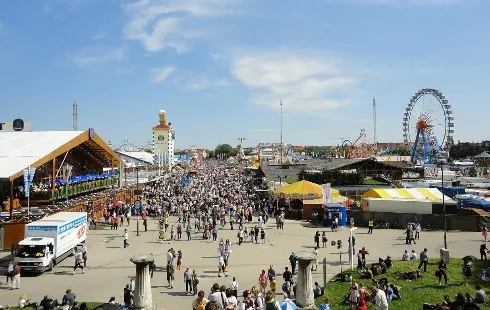
8HoursMining cloud mining platform, daily profits up to $9,337
Section: Business
In a significant political development in Syria, Ahmed al-Scharaa, the leader of the Islamist group Hayat Tahrir al-Sham (HTS), has announced plans to dissolve the militia. This declaration is expected to be made during an upcoming national dialogue conference. Al-Scharaa stated that the process of drafting a new constitution will take approximately three years, followed by an additional year to conduct elections. He emphasized that for elections to be meaningful, there must be a comprehensive consensus among the Syrian populace.
However, experts on Syria express skepticism regarding al-Scharaa's commitment to holding free and fair elections. HTS has previously ruled with an authoritarian grip over Idlib, located in the northwest of the country. Human rights organizations have documented instances of torture and the execution of political opponents under HTS's regime. Furthermore, al-Scharaa has also called for the protection of minority groups within Syria.
In addition to the militia's dissolution, the transitional government in Syria is planning further structural changes within the state's apparatus. Newly appointed intelligence chief Anas Chattab announced intentions to dismantle and reorganize the security agencies linked to the ousted government. According to Chattab, this move aims to serve the people and acknowledge the suffering endured by the Syrian populace throughout its tumultuous history.
The regime of former President Bashar al-Assad, alongside that of his father, Hafiz al-Assad, maintained a repressive hold over the population for over five decades. This control was often exercised through brutal methods, including extrajudicial killings, enforced disappearances, severe torture, and inhumane treatment of detainees.
As Syria stands on the precipice of a new era, the nation faces critical decisions regarding governance and the path toward recovery. The prospects for a stable political landscape remain uncertain, and the role of ideology and power dynamics will likely play a significant part in shaping the future.

Section: Business

Section: Arts

Section: Politics

Section: Health Insurance

Section: News

Section: News

Section: News

Section: Arts

Section: News

Section: Arts
Health Insurance in Germany is compulsory and sometimes complicated, not to mention expensive. As an expat, you are required to navigate this landscape within weeks of arriving, so check our FAQ on PKV. For our guide on resources and access to agents who can give you a competitive quote, try our PKV Cost comparison tool.
Germany is famous for its medical expertise and extensive number of hospitals and clinics. See this comprehensive directory of hospitals and clinics across the country, complete with links to their websites, addresses, contact info, and specializations/services.
Frisch mit dem Amadeus Austrian Music Award ausgezeichnet, meldet sich OSKA mit neuer Musik und neuen Tourdaten zurück. Ihr zweites Album ,,Refined Believer" erscheint am 20. Juni 2025 und zeigt sie persönlicher und facettenreicher denn je. Noch in diesem Jahr geht sie solo auf Tour, bevor sie...



No comments yet. Be the first to comment!